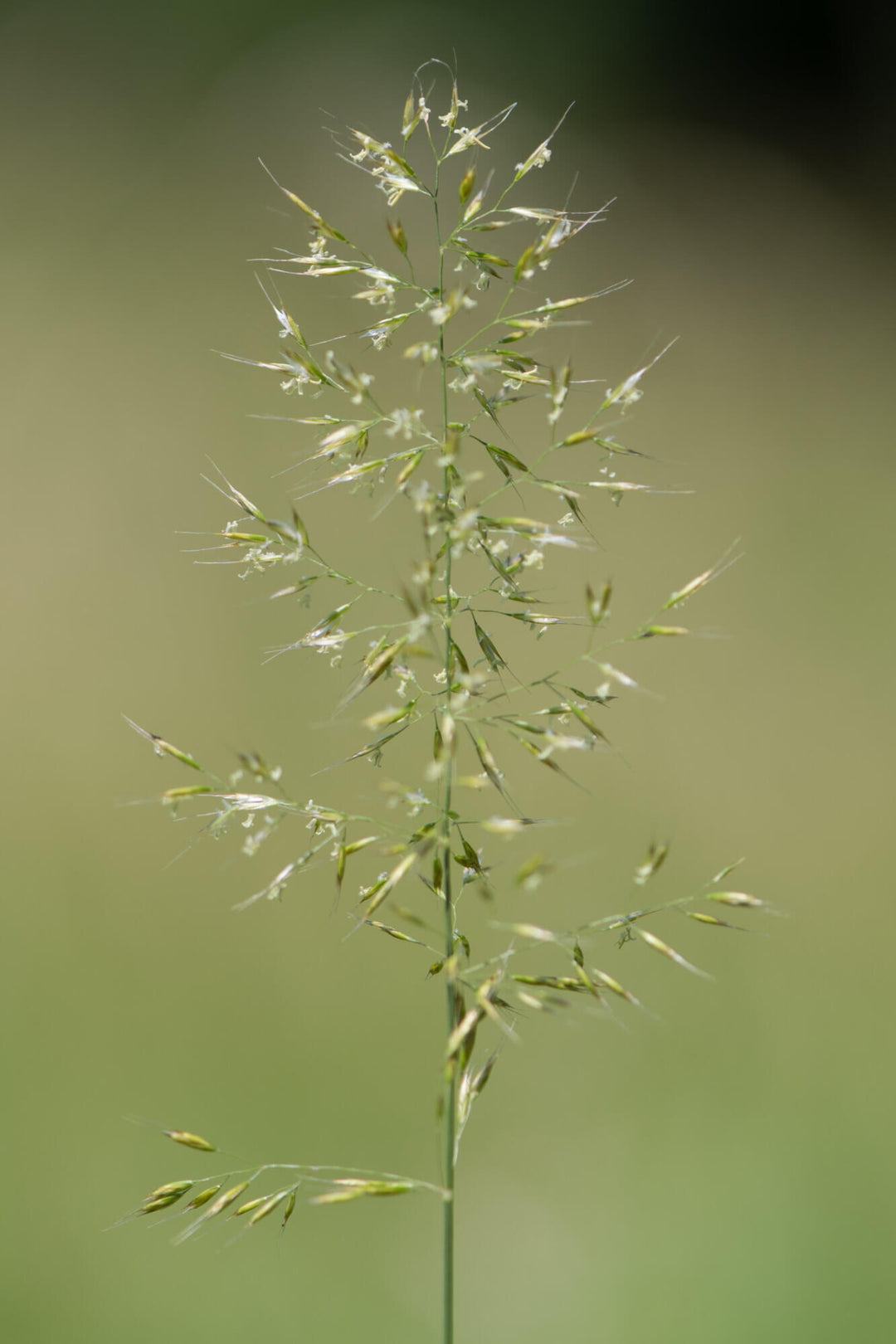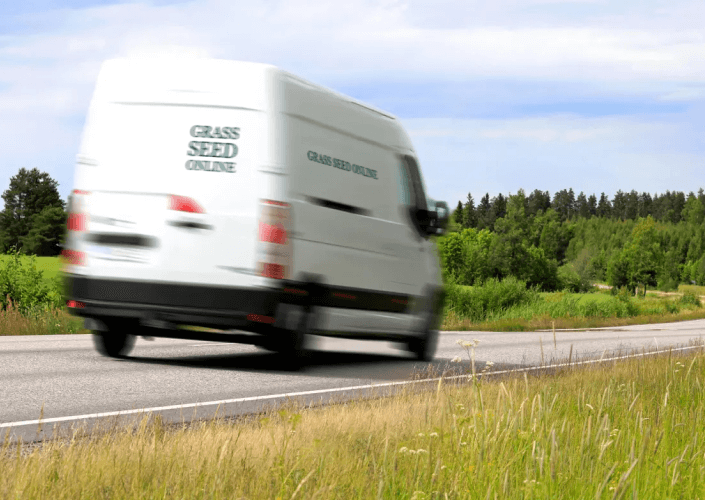
Yellow Oat Grass (Trisetum flavescens)
No reviews
- In stock, ready to ship
- Backordered, shipping soon
- FREE DELIVERY on this item (3-5 working days)
- Bulk buy discounts available

Yellow Oat Grass Appearance:
Yellow Oat Grass Habitat:
Free delivery is available for;
Areas that may take longer include certain parts of the Scottish Highlands, Scottish Islands, Channel Islands, Isle of Man etc.
Should we not be able to fulfil your order within the expected timeframe, we will contact you to inform you. For full details of our delivery services and terms, please see our delivery information page.
Sowing Rate: 8kg per acre, 20kg per hectare
Bag Sizes: 10kg, 20kg


Ecologically, yellow oat grass plays a role in habitat restoration and conservation efforts. Its deep root system helps stabilize soil, making it effective for erosion control on slopes and disturbed areas. Additionally, its open panicles of yellow-green spikelets contribute to the aesthetic appeal of natural landscapes and provide food and shelter for wildlife, including insects and birds.
Yellow oat grass (Trisetum flavescens) can be identified by its dense tufted growth habit, typically reaching heights of 30-90 cm (1-3 feet). The leaves are narrow, linear, and often bluish-green to grayish-green in color, with a prominent midrib. The stems are slender and erect, bearing loose panicles of yellow-green spikelets that turn pale brown as they mature. Each spikelet contains small flowers with awns (bristles) protruding from them. Yellow oat grass is commonly found in meadows, open woodlands, and disturbed areas such as roadsides. It thrives in well-drained soils and is adaptable to various soil types, including sandy and loamy soils. Its flowering period typically occurs from late spring to early summer, depending on local climate conditions.
Use this text to answer questions in as much detail as possible for your customers.
Yellow oat grass (Trisetum flavescens) is native to Europe and Asia but has naturalized in various temperate regions worldwide. It typically thrives in moist meadows, grasslands, open woodlands, and disturbed areas such as roadsides and abandoned fields. Yellow oat grass prefers well-drained soils and can tolerate a range of soil types, including sandy, loamy, and clay soils. It is adaptable to different light conditions, growing well in both sunny and partially shaded environments. This grass species is valued for its ability to stabilize soil and prevent erosion, making it useful for conservation efforts in disturbed landscapes. Additionally, yellow oat grass provides forage for livestock and supports biodiversity by offering habitat and food for insects and small animals.
Yellow oat grass (Trisetum flavescens) prefers moist, well-drained soils that are fertile and moderately acidic to neutral in pH. It can tolerate a range of soil textures, including sandy, loamy, and clay soils, but it generally performs best in soils that retain moisture without becoming waterlogged. Good soil drainage is essential for yellow oat grass, as it helps prevent root rot and other moisture-related issues. While the grass can adapt to various soil conditions, it tends to thrive in locations where the soil is rich in organic matter and nutrients, supporting healthy growth and development. These preferences make yellow oat grass well-suited for cultivation in meadows, open woodlands, and other temperate habitats where these soil conditions prevail.
Yes - Golden Oat Grass: This name highlights the golden or yellowish appearance of its flowering spikelets, especially when they mature and turn pale brown.
Your trusted source for quality grass and wildflower seed. Backed by Barenbrug, global experts since 1904. Buy with confidence. Grow with confidence.





